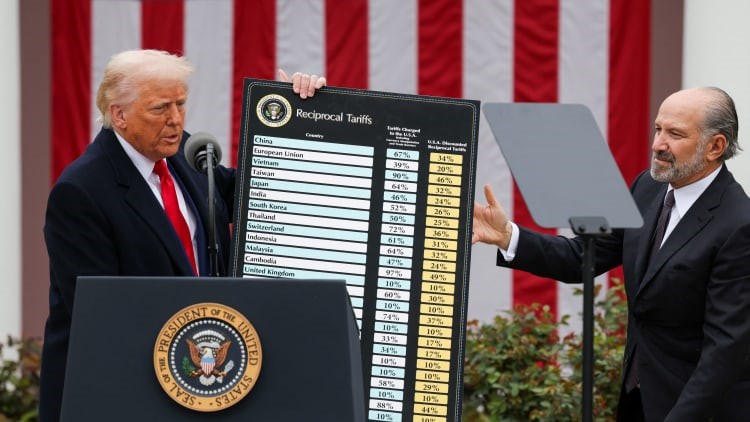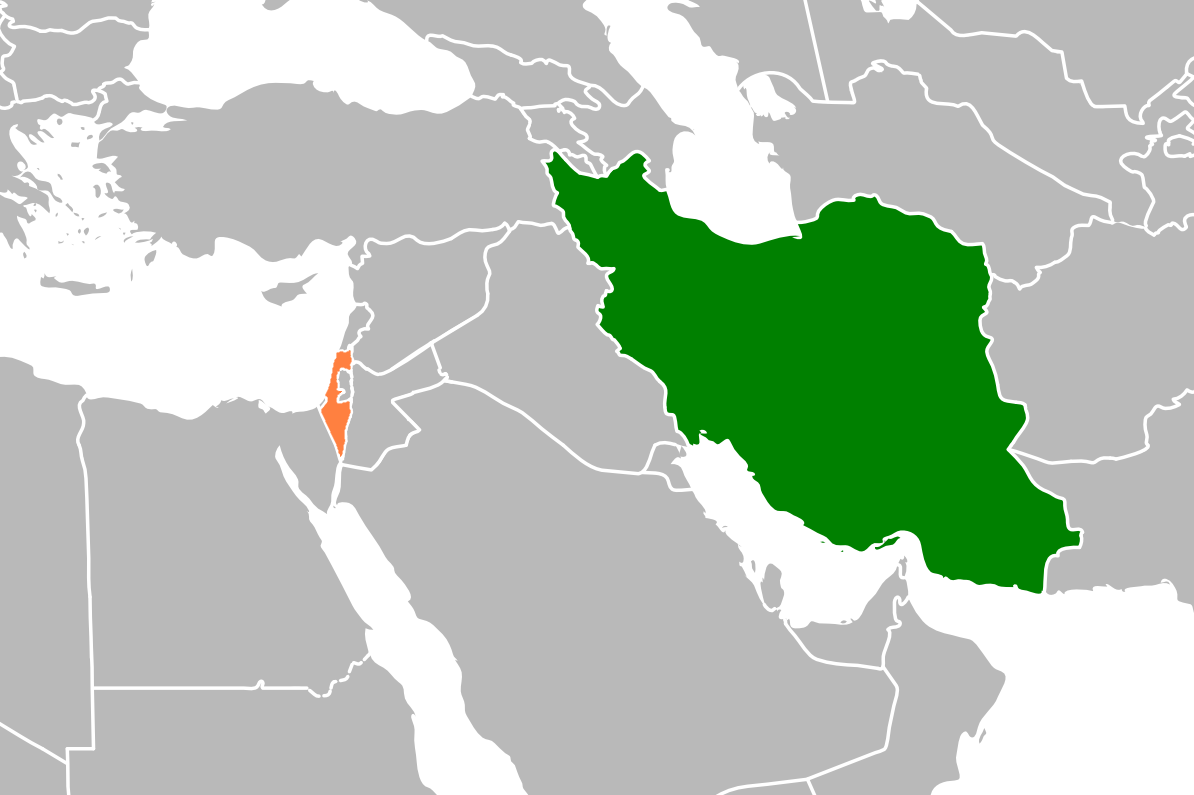Iran Israel update
After recent attacks by the United States and Israel, is it true that they substantially crippled Iran’s nuclear capabilities? Surprise: not even close!
You might have read the headlines. US BOMBERS STRIKE 3 IRANIAN NUCLEAR SITES. Politicians claimed victory. But here’s one thing they’re not telling you – Iran saw this coming from a mile down the road.
The Great Nuclear Shell Game
Think about it for a second.
US sanctions against Iran have now been in place for 46 years.
This is exactly what they have been getting ready for. Would they actually let their most feared nuclear tools be sitting like ducks in known installations?
Of course not.
Iran moved their nuclear chess pieces well before the first bomber left the ground. Iran had moved more than 1,100 IR-1 centrifuges and 3,000 IR-6 centrifuges even before reports of an attack, sources, who were not identified by the outlet, said.
And these were no ordinary machines – they were the workhorses of uranium enrichment.
The attacks on Fordow, Isfahan and Natanz were, essentially, the bombing of empty buildings. It would be as if you came to rob the bank after the vault was empty.
Where on Earth Did Iran Hide 9,000 Pounds of Uranium?
And here’s where things get particularly interesting.
Iran now has about 9,000 kilograms of uranium. That’s enough material to give you massive jitters if you’re sitting in Washington or Tel Aviv. But where is it now?
Only Supreme Leader Ali Khamenei and possibly a small cadre of his closest advisors know the actual locations. Possible sites, sources believe, include Parchin and Bushehr, but even intelligence agencies are throwing balls up in the air at this stage.
Consider the psychology here. Iran has been playing chess with superpowers for decades.
They have had ample time to become good at the game of nuclear hide-and-seek.
The Bombers Who Couldn’t Stick
You want to know something fascinating about those US bombing runs? The pilots were in a serious hurry to get out of Iranian airspace. Why?
It is because Iran has developed air defenses that can make America’s most sophisticated and expensive stealth bombers into scrap metal.
Those B-2 bombers cost tens of billions of dollars.
Losing just one would be a propaganda catastrophe to reverberate around the world. So the strikes were fast, surgical and kind of ultimately ineffective against Iran’s real nuclear program.
Why This Changes Everything
Classic military solutions fall short against adversaries who have had decades to prepare specifically for these sorts of situations.
The failed strikes reveal something crucial about the current geopolitical landscape. Their nuclear program, according to international law, is also legitimate and being monitored by the IAEA. But the US and Israel are determined to apply an existential threat lens to any Iranian nuclear activity.
This leaves Iran in an impossible position. They are obeying international law, but are being bombed.
And don’t be surprised if Iran opts to end its NPT membership altogether. Well, what is the use of international agreements or institutions if they don’t defend you in a concrete way?
Nuclear Installations Aren’t the Real Target
To be honest, Iran is not trying to compete with the United States one military base for one military base, and one bomber for one bomber. That would be financial suicide, strategically dumb.
Instead, Iran is focused like a laser on making Israel uninhabitable. Every missile that lands in Israeli territory sends shockwaves through Washington. It’s asymmetric warfare at its most effective.
The economic fallout alone is staggering. Israel’s economy is coming to a standstill. Tourism has evaporated. Foreign companies are fleeing. The psychological cost to Israeli society is enormous, as millions of people are forced to live in fear of the next attack.
The question is not whether Iran’s nuclear program will recover from the strikes. The real issue is whether the US and Israel have finally understood that they are playing a game in which conventional military edge does not assure success.






